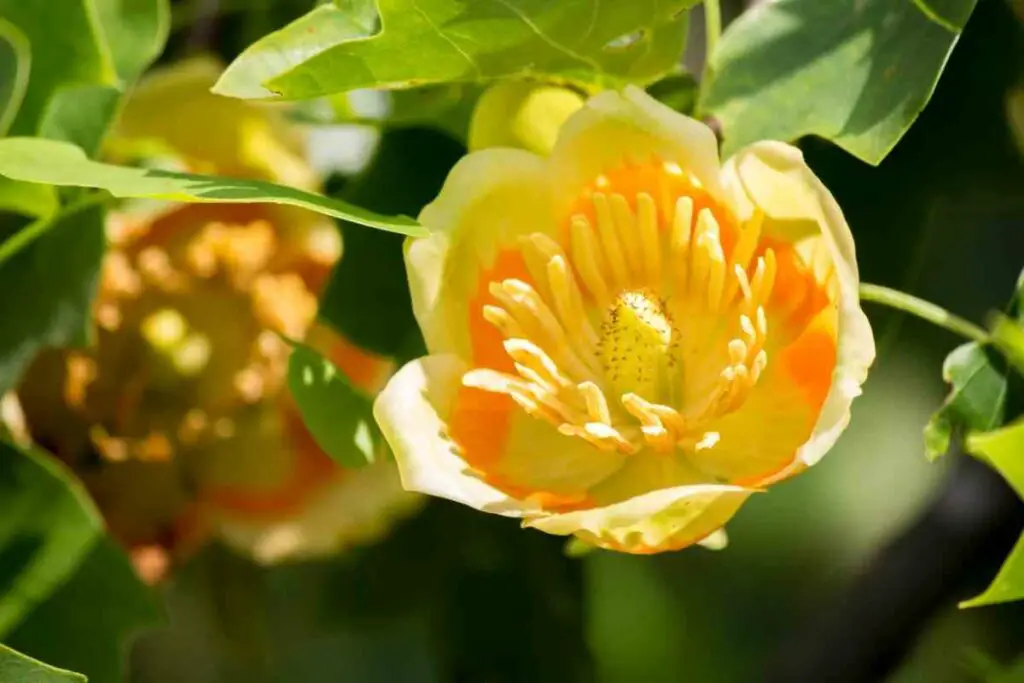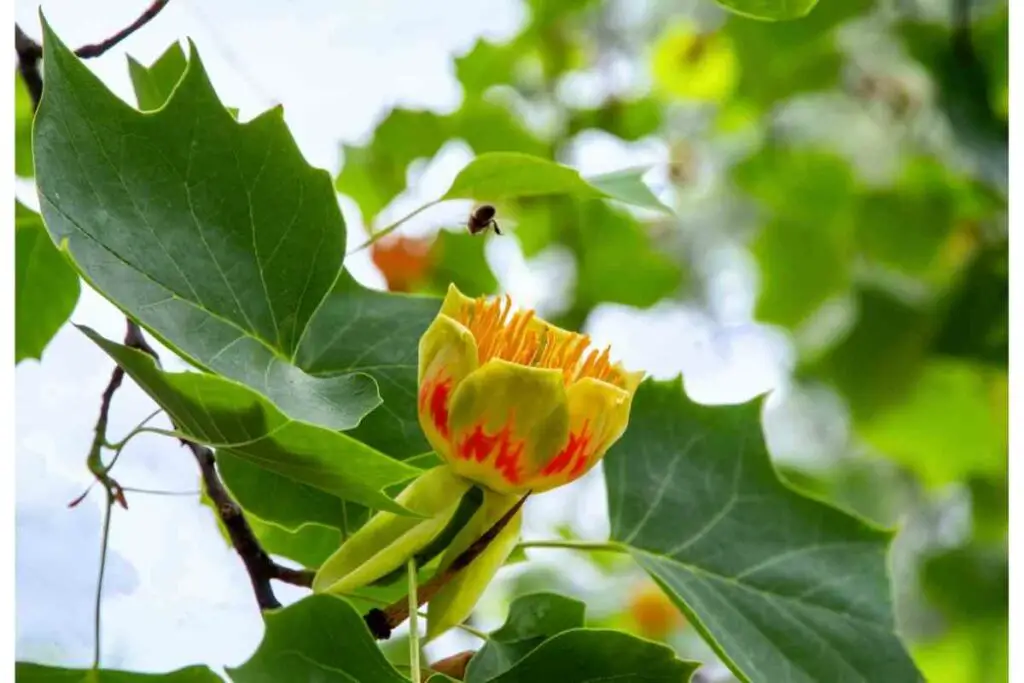Yes, Tulip Poplars tend to have very deep roots, especially if they have been exposed to droughts or unfavorable conditions. Their roots will spread widely and deeply in search of water and nutrients, and their root balls can be enormous.
Even a Tulip Poplar that is not fully grown will have very deep roots, often going as far down as the tree is tall. Be aware of this if you plan to move one
Table of Contents
How Deep Is My Tulip Tree’s Roots?
In general, the roots of the tree will approximately match its height and width. If the tree grows to eighty feet tall, its roots will go eighty feet deep. If it is twenty feet wide, its roots will have a twenty-foot spread. In some cases, roots will be over a hundred feet deep and forty feet wide.
Of course, this is only a rough guide; a Tulip Poplar’s root spread and depth can vary considerably from tree to tree, but they generally have very deep roots and they are extremely difficult to move once they are established.

How Do The Roots Grow?
In general, people are interested in the root size and depth of trees because they want to know if they are likely to cause a problem with other structures (walls, fences, roads, etc.). Although any tree can cause a problem if it is too close to something else, Tulip Poplars rarely do so, despite their extensive root system.
This is because they do not have a large network for lateral roots. Their roots are mostly grown deep down in the soil, and they are therefore much less likely to disrupt the surface, meaning that buildings and roads will be safe from them.
Of course, a Tulip Poplar can still cause problems, because it does have some lateral roots – and it needs these to get water effectively. However, in general, these trees are less likely to cause issues than many other kinds of trees.
What Issues Do Tulip Poplar Roots Suffer From?
The biggest threat to the roots of this tree is a pathogen, a disease known as Verticillium. This is a root disease that can be extremely serious, and it will kill your plant if it gets a grip on its root network.
It attacks the tree by plugging up its vascular tissues, and this stops water from being transported through the tree properly. Eventually, this will cause the tree to wilt because it isn’t getting enough water to sustain its structure.
Sadly, there is no treatment for this disease, and once it has taken hold, the tree will die. Avoid damaging any tree roots that are above ground, as this may invite the pathogen.

Are There Dangers Associated with Tulip Poplars?
Although these trees do not cause much of a problem with their roots, you should be cautious about planting one near your home or your driveway. They will readily drop branches because they have a low tolerance to strong winds.
This can pose a danger to buildings and to vehicles and people who may be walking around outdoors. Although it is not much of an issue if you plant your Tulip Poplar far from your house, it is something to bear in mind, especially if your garden is not sheltered by other trees.
You should also bear in mind that these are extremely tall trees, and their branches can therefore fall a long way. It is hard to shield them from other trees or structures once they have reached their full height because they get so tall.
As long as you position your Tulip Poplar with care, this should not be an issue, and they are generally pretty healthy trees that do not suffer from many diseases or problems. However, you should avoid putting one too close to a property, or remove one that is already there, or it could cause major damage.
Older trees are particularly problematic, because they will lose the flexibility in their branches and limbs as time passes, and this makes them more likely to be damaged by strong winds. As older trees often tend to be taller than young specimens, this is a particularly major problem.
If you have an old Tulip Poplar near your home, consider getting it removed before it can cause damage.





